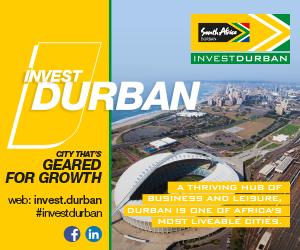When examining the general downward trend of commodity prices over recent years, uranium yellowcake has been a notable exception, with a recent upward trend. Gold has remained relatively stable, but platinum group metals (PGMs) and copper have seen a substantial decline from the highs achieved in early 2021. Bulks such as manganese ore, bauxite and specifically coal, are materially down from the peaks reached late in the Covid-19 pandemic, while chrome has not regained its pre-2017 commodity-crisis levels.
Many operations, particularly across Southern Africa, are currently facing significant challenges. These stem from Transnet’s logistical obstacles, amplified post-Covid-19 production cost escalation and declining commodity prices. Mines are now prioritising cost control and aligning production with sales projections, placing the onus on production teams to meet strategic goals amid market pressures.
Bridging the gap
Whenever you travel on the London subway there are signs that warn you, “Mind the Gap”. In recent years, the disparity between strategic mining plans and the practical, implementable mining plans accessible to mining operational teams has grown considerably. This gap subsequently fosters widespread uncertainty within the execution environment, i.e., what must be done and the “how” of what must be done practically. In the same vein, while most mining organisations do adhere to well-defined planning horizons and put notable effort in producing these plans – in a sequential manner and at specific intervals, they often lack practical guidance.
At Ukwazi, we strongly believe that when a plan serves as basis for evaluating a mine’s performance or the performance of its operational team, it should be tailored for those specific purposes; aligning with the business’ strategic objectives while also providing clear, instructional and practical guidance. Simply put, it must extend beyond providing spatial guidance alone.
Closing the gap
As you increase uncertainty by imposing top-down strategic models for operational control, frustrations will mount and needless stress will burden an already demanding production environment, making it progressively difficult to retain outstanding operational and mining management teams.
As such, the uncertainty gap between organisational objectives and operational targets needs to be reduced by developing pragmatic and cohesive mining budget plans that are audience-driven and outline sufficient practical requirements. It should be all about creating certainty. The result? A production team well positioned to perform in line with their respective performance indicators and organisational incentives.
So, how do we effectively close the gap? Well, ultimately mining engineering and mine planning constitute pivotal technical and organisational disciplines. The effective implementation of the budget-mine-planning horizon requires active engagement from the intended audience, the operational team in this case, and a technical team that has insight into the strategic objectives of the mine and an in-depth understanding of the sequential nature of mine deployment. Further to this, the operational teams should receive outputs that equip them with the practical tools needed to adequately meet their requirements.
At the end of the day, cultivating this collaborative approach should be a standard practice in every mining organisation.








